Indian Prime Minister Narendra Modi on Sunday inaugurated the new Parliament building in New Delhi. It has since caught attention of many within and outside India.
The new parliament building has many features that could be discussed as it reflects the diversity of India. But among the many art and sculpture is the one mural that is creating a buzz. The mural which depicts the map of ancient India is one of the prominent attraction, as it includes many parts of the region that falls outside Indian territory.
The map marks important empires and cities like Taxila, currently located in Pakistan, that once were part of the country before partition. If it was limited to mark the history before partition, it may be viewed as a tribute to ancient India. But it does not stop there. The inclusion of Lumbini -the birthplace of Buddha- and Kapilvastu, both of which were never under Indian dominion, suggests a different story.
Buddhi Narayan Shrestha, former team leader of the Nepal-India Joint Boundary Committee and border expert, talking to Himalaya Times, ruled out the fact of Lumbini and Kapilvastu being under the Indian regime at any given time in history.
He said that the land under the Shakya kingdom was never part of India, hence it couldn’t be included in the map of ancient India.
Not only the mural but Indian Prime Minister Narendra Modi’s speech at the inaugural of the new parliament building also fueled the matter. Addressing the nation, he stated that the new parliament building will be a witness to an extended and independent India. This gives the sense that PM Modi is certainly headed towards a mission.
People in and out of India are commenting that the map is a visualization of the Bharatiya Janata Party's (BJP) controversial concept of ‘Akhand Bharat’.
At the same time, Indian Parliamentary Affairs Minister Pralhad Joshi said on Twitter that "the resolution is clear, Akhand Bharat.
Does the Akhand Bharat concept aim to lead in the region for the collaborative development of the sovereign neighbors, or is it a reverse route to rule them as in ancient times?
Rastriya Swayamsevak Sangh (RSS) chief Mohan Bhagwat, shortly after rising to the position in 2009, expressed views on the sangh’s ‘akhand Bharat’ more explicitly. Expressing confidence that "an Akhand Bharat' incorporating Afghanistan, Pakistan, Tibet, Nepal, Myanmar, and Sri Lanka would be formed", he also claimed that not only Indians but also people from other countries want to be part of India.
Prime Minister Narendra Modi is seen as a parallel to the RSS in ideologies. Being a longtime RSS member, the group's influence is apparent in Prime Minister Modi’s Hindu nationalist policies, which can also be visualized through the mural and his dream of an extended Bharat. Hence, the idea of only leading the region for upliftment seems a little out of hand.
The government’s actions are crying louder than words, as the encroachment of the border from the Indian side towards Nepal is not a new tale, and whenever a dispute arises, India responds by saying that the matter will be looked into and resolved in a diplomatic manner.
Various reports have alleged that more than 60,000 hectares of land in Nepal have been encroached upon by the Indian side.
There have been many bilateral talks at the level of the foreign ministers, high-level visits whose agenda included discussing a diplomatic resolution to the border disputes, but resulted in very little to no progress.
The better-known dispute is about the Kalapani-Limpiyadhura-Lipulekh tri-junction. In November 2019, India released its political map, including the disputed area within its own territory. Nepal reacted strongly to the matter, but India, as always, called for diplomatic dialogue to resolve border issues.
It seems like Modi doesn’t want to once and for all clear up the pre-existing territorial issues, as it may put a stop to his dream of a vast country.

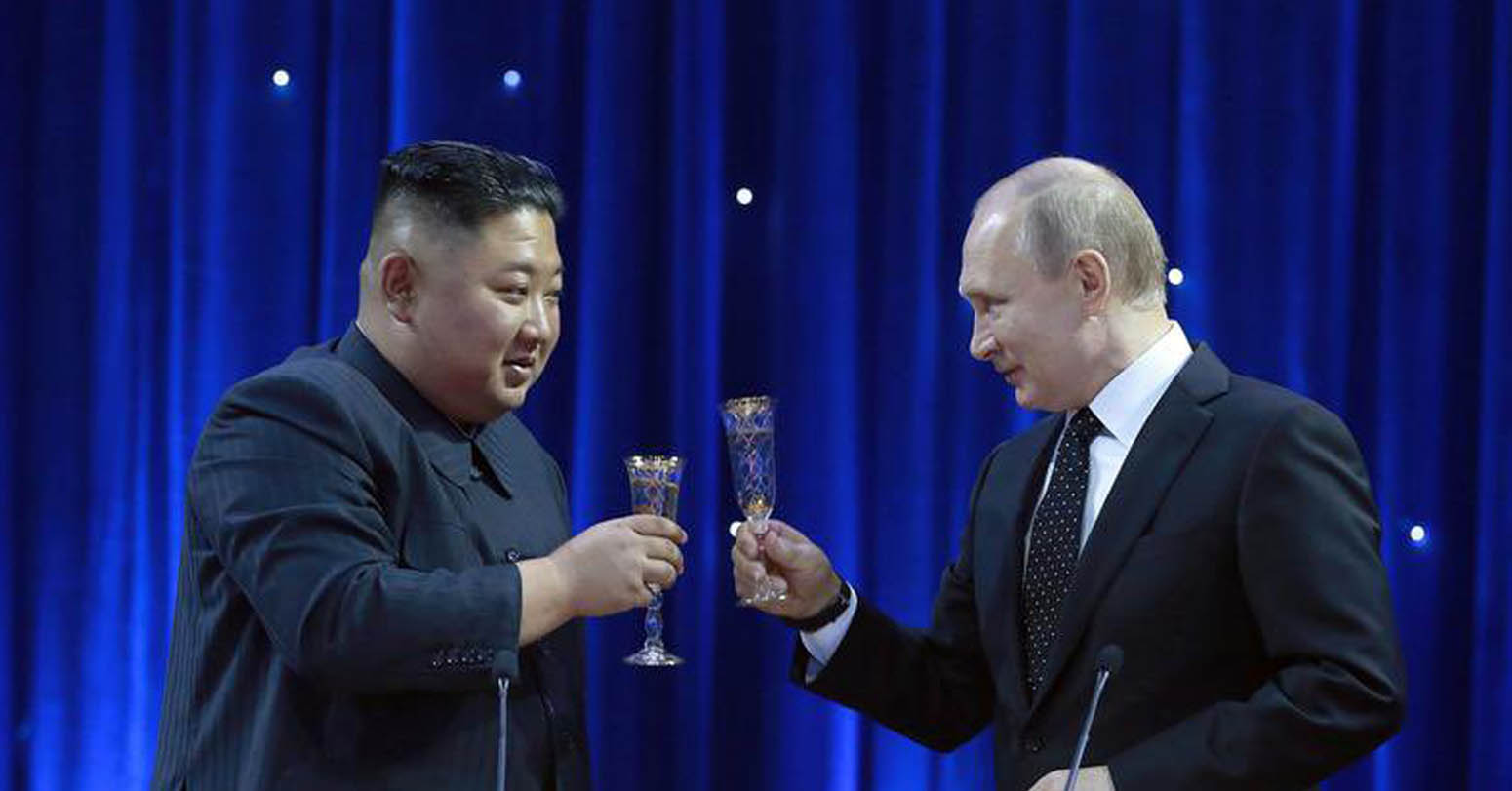

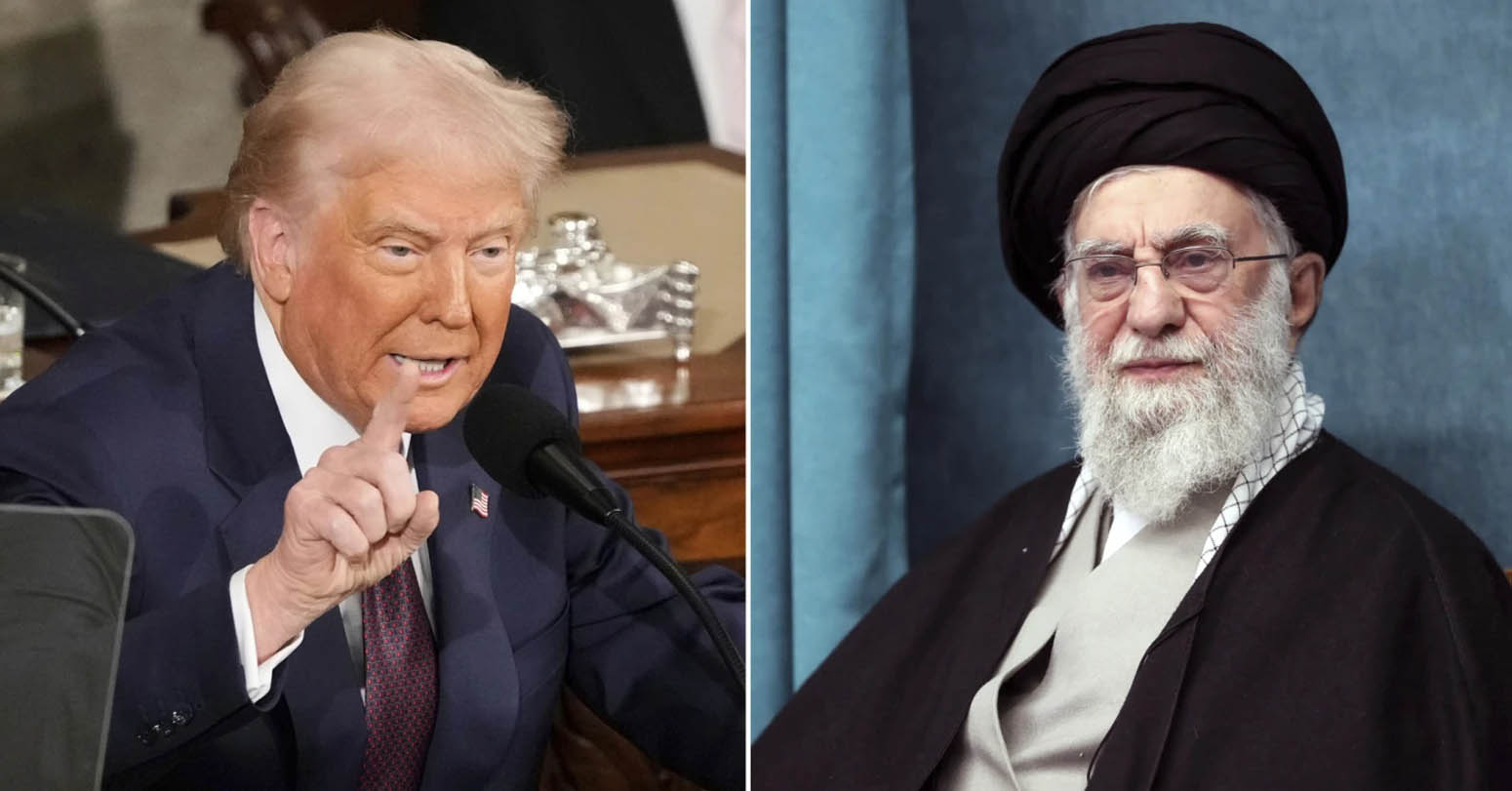
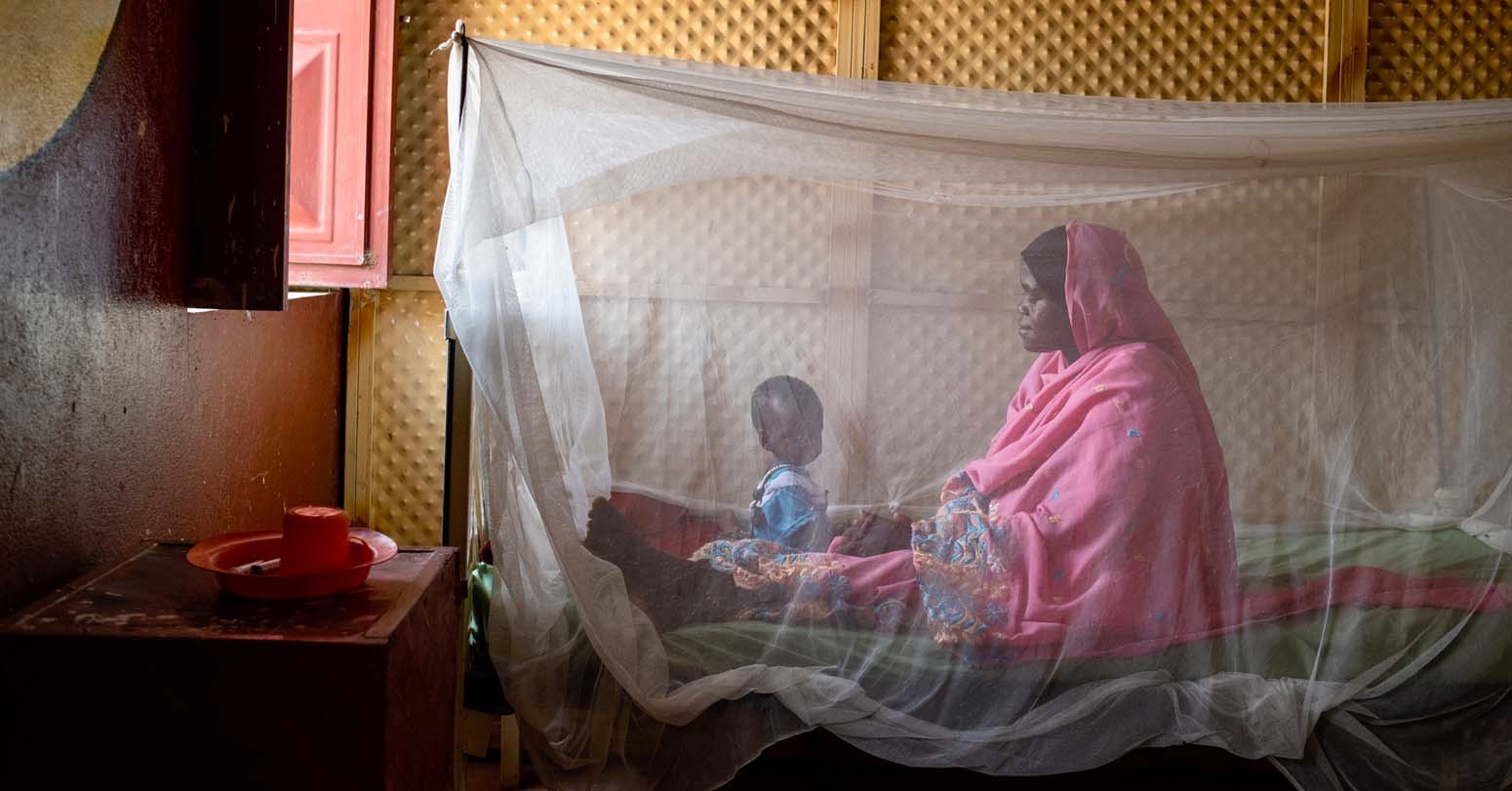





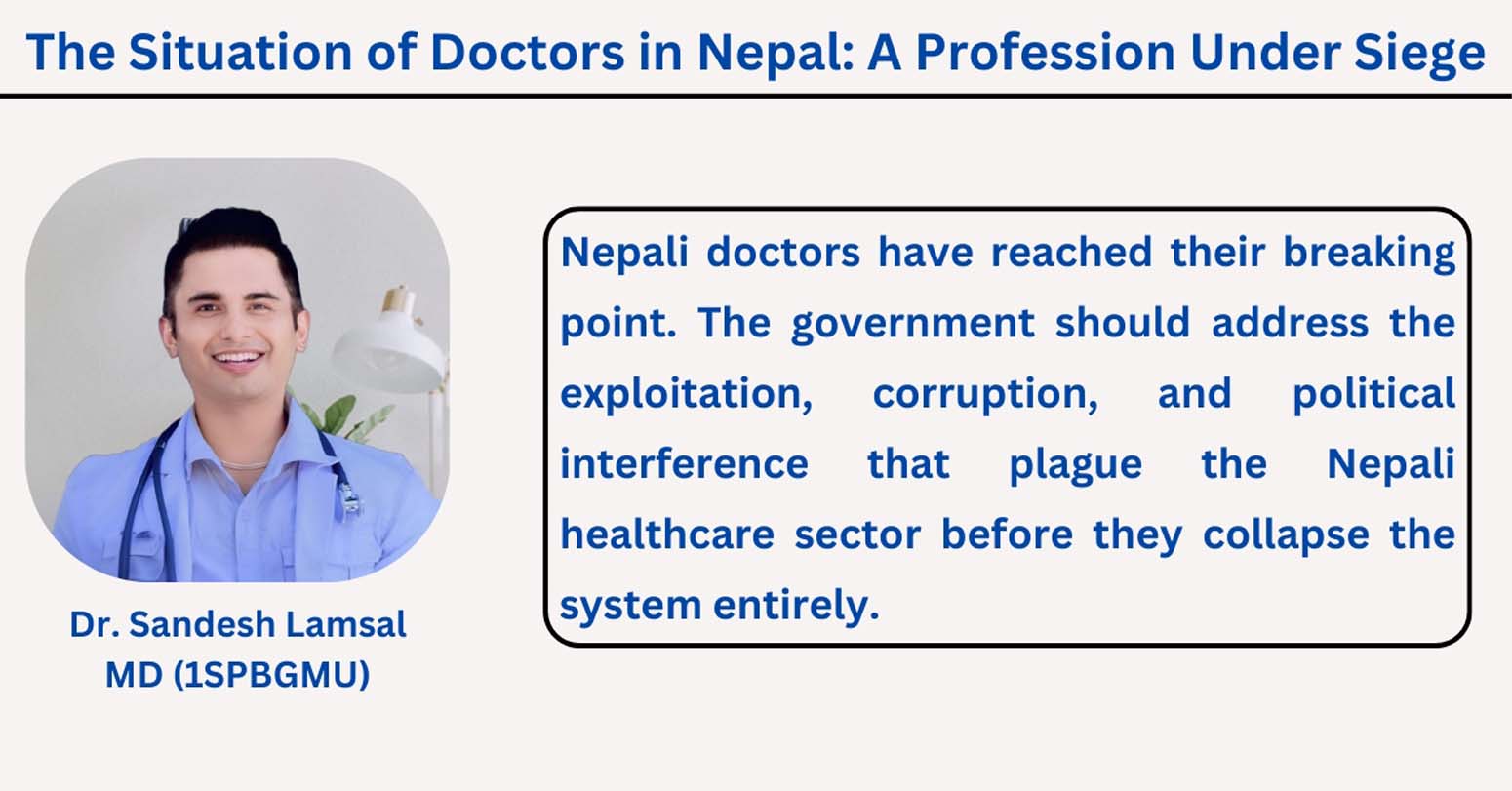

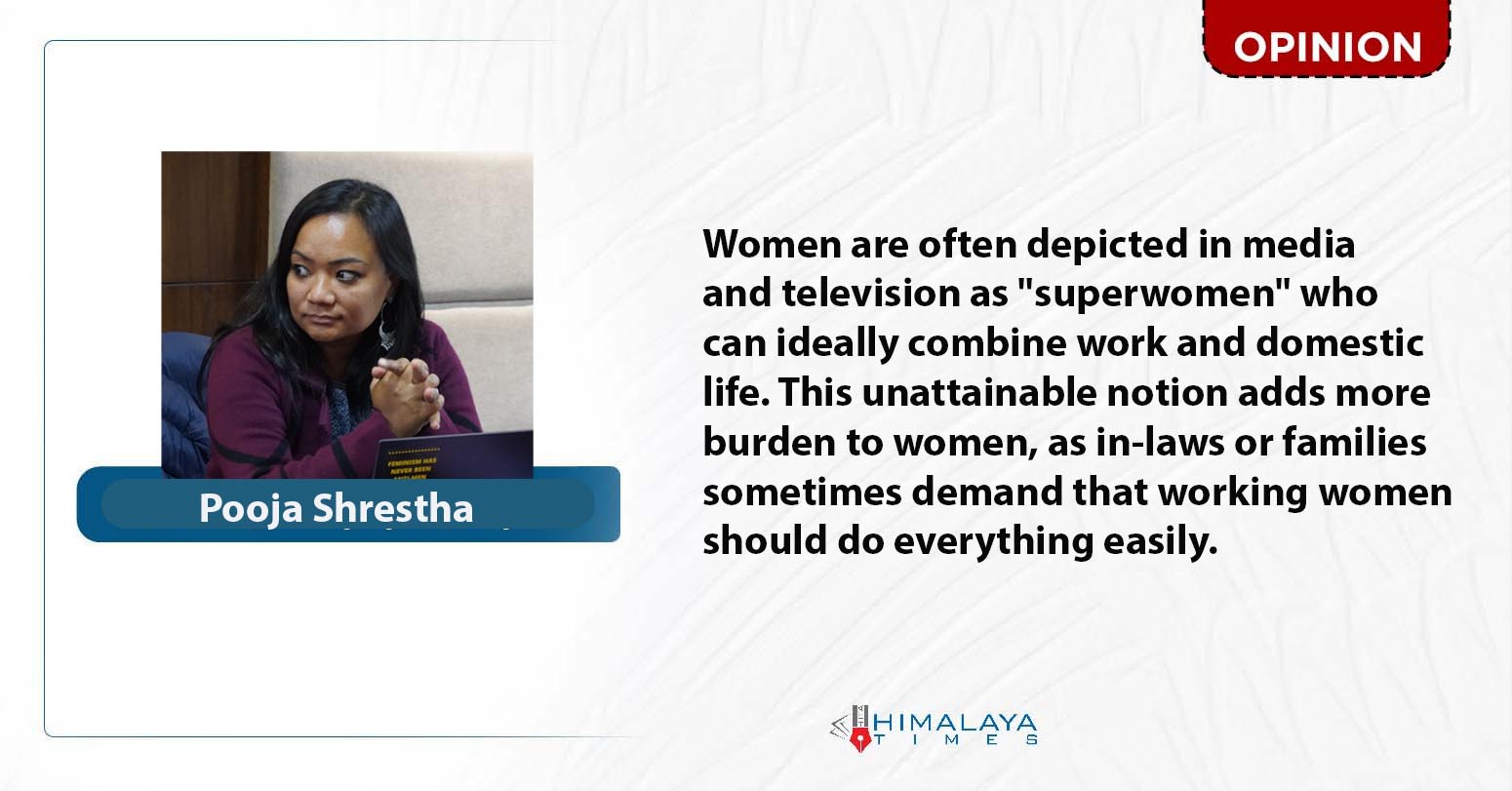




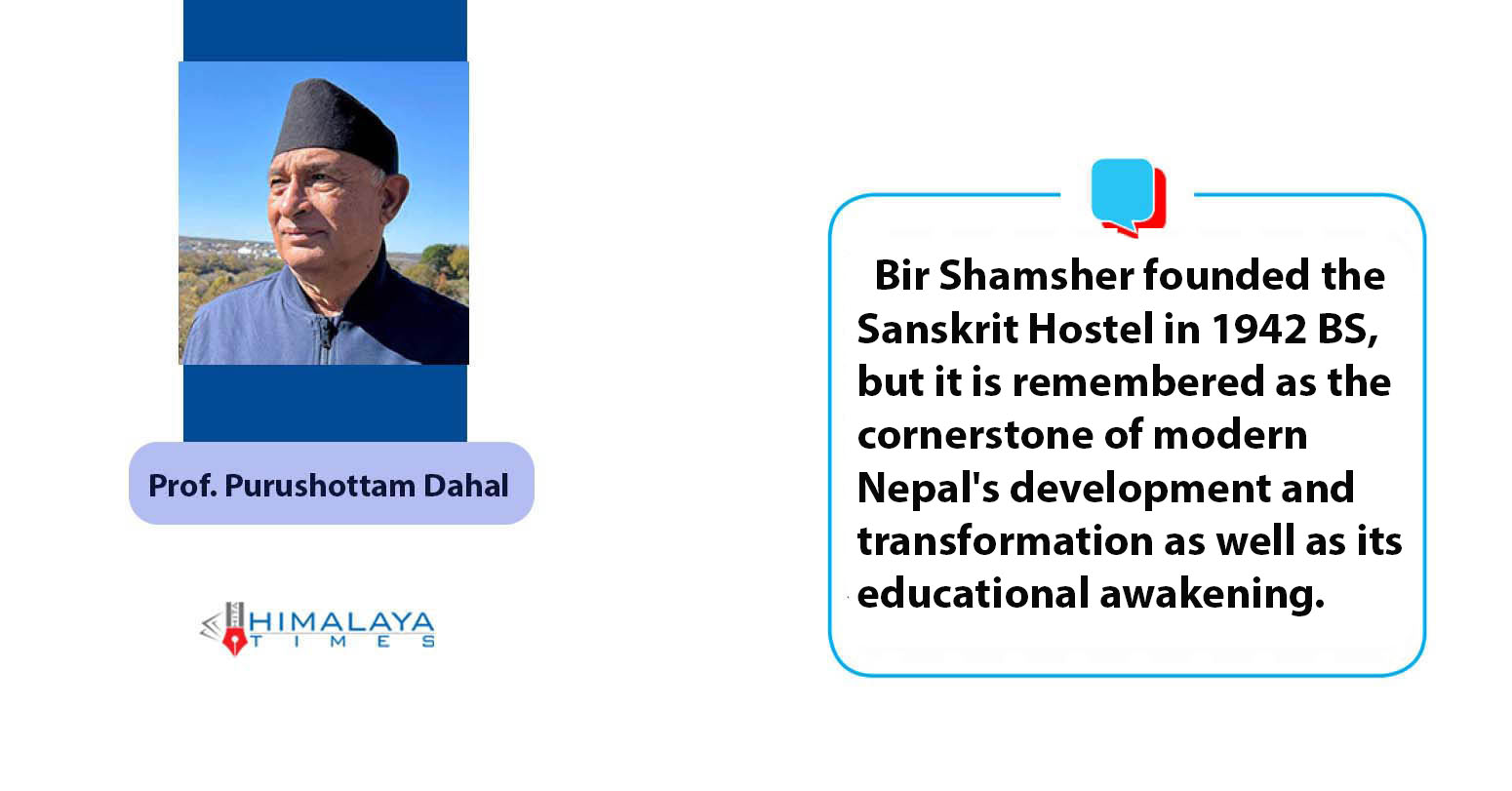
Middle-aged man spends millions to
Breathing The Unbreathable Air
Dr. Dharam Raj Upadhyay: Man
Comprehensive Data Protection Law Critically
Gender Differences In Mental Healthcare
Erosion of Democracy